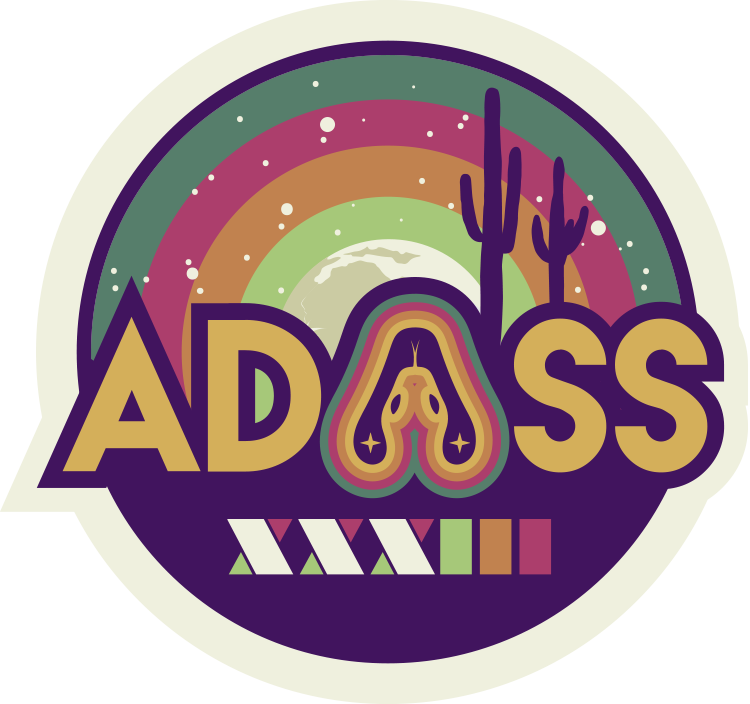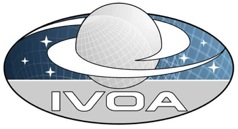Focus demo 6
When
Where
PREVNEXT
Theme: Other creative topics in astronomical software
We present an advance look at the capabilities and implementation technologies of the Rubin Science Platform (RSP). The RSP will be the astronomical community's primary interface to the Vera C. Rubin Observatory's data products, with full operations beginning in 2025. The RSP also plays a key role in the Observatory staff’s work, providing internal access to data and a computing environment for interacting with the Observatory control system. The RSP is being used heavily in the commissioning process. It has also been made available to members of the scientific community, serving simulated datasets, for the past two years, enabling community members to gain experience with the system and provide us feedback on how its capabilities meet their needs and how it can be improved.
The RSP provides access to data through three "Aspects": Web APIs based on IVOA standards, a graphical-user-interface Portal based on IPAC Firefly, and a Notebook interface based on JupyterLab and the Python-based Rubin software stack. The RSP, itself entirely open-source, is implemented on top of a deep stack of contemporary open-source containerized software deployment tools, Rubin-developed authentication and authorization software, and infrastructure-as-code configuration mechanisms from Rubin and from the open-source community. The deployment architecture supports numerous deployments of the RSP in a variety of configurations, on commercial cloud services, in on-premises datacenters, and in the Observatory’s summit computing systems.
We will demonstrate how catalog and image data are made available through the RSP, how a pervasive use of IVOA standards underlies powerful tools to help users find data and navigate relationships between data products, and how the three Aspects of the RSP interact with each other to enable users to use all the data access methods in flexible combinations to support their needs and their varying levels of expertise.
We will also demonstrate the deployment and management tools, showing how our git-based configuration mechanisms support the many deployments and how the open-source stack we have assembled provides easily understood Web-based tooling for the management of the platform.



